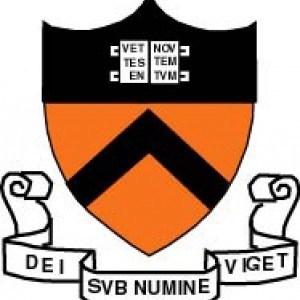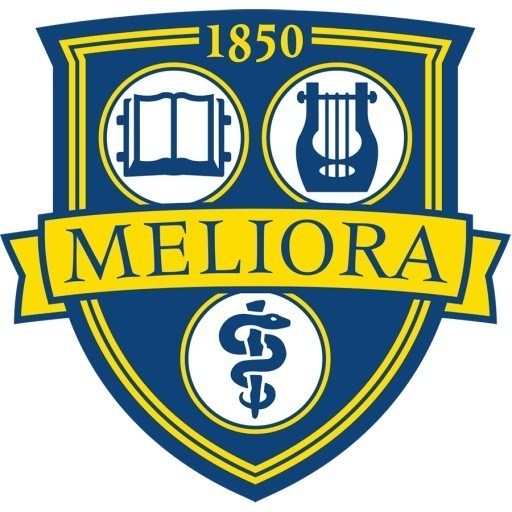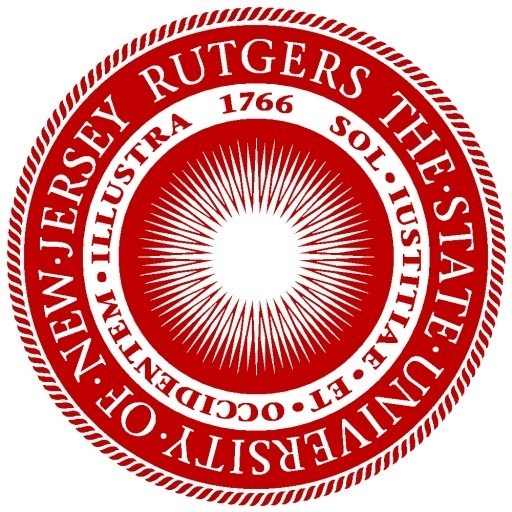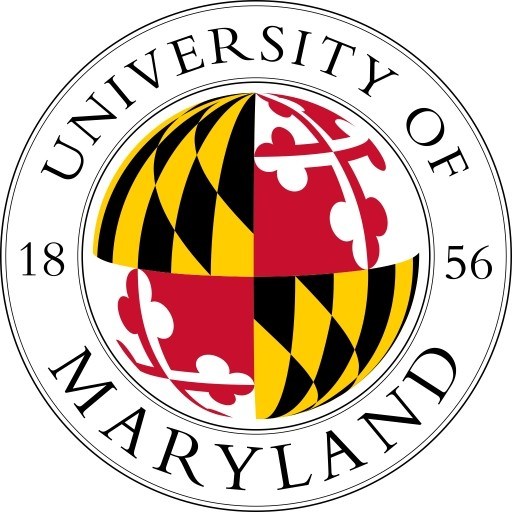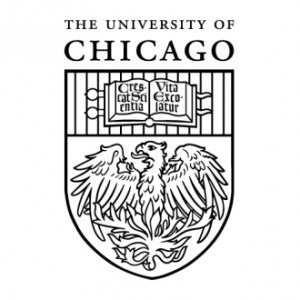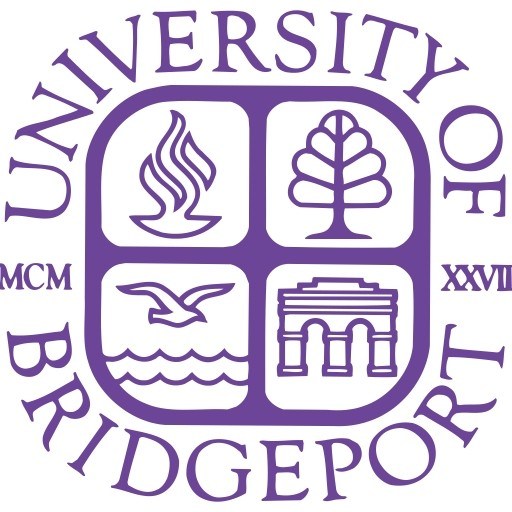The Bachelor of Arts in Applied and Computational Mathematics at the University of Minnesota Duluth is a comprehensive undergraduate program designed to develop students' skills in mathematical modeling, computational techniques, and problem-solving approaches applicable to real-world issues across various industries. This program combines rigorous coursework in pure and applied mathematics with practical training in computational tools and methods, preparing graduates to tackle complex challenges in fields such as engineering, data analysis, scientific research, finance, and technology. Students will engage with core subjects including calculus, linear algebra, differential equations, probability, and statistics, while also exploring specialized courses in computational algorithms, numerical methods, and mathematical modeling. The curriculum emphasizes hands-on experience through laboratory work, project-based assignments, and internships, fostering an applied understanding of mathematical concepts alongside theoretical foundations. The program aims to cultivate analytical thinking, quantitative reasoning, and technical proficiency, equipping students with the skills necessary for advanced study or careers in data science, software development, financial analysis, and research roles. Faculty members are dedicated to providing personalized guidance and supporting students through research projects and collaborative activities. Graduates of this program will be well-prepared to pursue graduate studies in mathematics, computational science, or related disciplines, or to enter the workforce with a strong skill set relevant to a rapidly evolving digital and data-driven world. This program offers a unique blend of theoretical knowledge and practical application, ensuring students are ready to meet the demands of modern industries and contribute effectively to technological and scientific advancements.
The Bachelor of Science in Applied and Computational Mathematics at the University of Minnesota Duluth is a rigorous program designed to prepare students for careers that require advanced mathematical skills and computational proficiency. This program focuses on the development of essential analytical and problem-solving abilities through coursework that combines theoretical mathematics with practical computational techniques. Students in this program will explore a wide range of topics, including differential equations, linear algebra, numerical analysis, discrete mathematics, and programming. The curriculum emphasizes the application of mathematical models to solve real-world problems across various industries such as engineering, data science, finance, and technology.
Throughout the program, students will gain hands-on experience with programming languages commonly used in computational mathematics, such as Python, MATLAB, and C++. They will also develop proficiency in mathematical software and tools that enable them to analyze data, simulate systems, and create solutions to complex problems. The program encourages collaborative projects, internships, and research opportunities to enhance practical skills and professional development. Students are supported by faculty who are experts in applied mathematics, computational methods, and related fields, providing mentorship and guidance for academic and career pursuits.
Graduates of the Applied and Computational Mathematics program will be well-equipped for advanced study in graduate or professional schools or for immediate employment in industries that rely on mathematical modeling, simulation, data analysis, and algorithm development. The program aims to produce versatile professionals capable of adapting to technological advancements and addressing challenging problems with innovative solutions. Overall, this degree provides a solid foundation in applied mathematics coupled with computational skills, preparing students to excel in a rapidly evolving technological landscape.
The Bachelor of Science in Applied and Computational Mathematics at the University of Minnesota - Duluth requires students to complete a total of approximately 120 credit hours to graduate. The program is designed to develop strong analytical, computational, and mathematical skills suitable for a variety of careers in industry, research, and academia. Students must fulfill core course requirements in fundamental mathematics areas such as calculus, differential equations, linear algebra, and discrete mathematics. In addition to these, students are expected to take advanced coursework in computational mathematics, numerical analysis, and applied mathematics topics including modeling and simulation.
The curriculum includes a combination of mathematics courses, computer science courses, and supporting sciences like physics and engineering. Students are also encouraged to participate in research projects or internships to gain practical experience. Elective courses allow students to tailor their education towards specific interests, such as data science, operations research, or applied physics. To ensure a comprehensive skill set, students must also complete a mathematics seminar or capstone project, which involves applying mathematical methods to real-world problems.
Language proficiency in programming languages like Python, C++, and MATLAB is emphasized throughout the program. The program may also include coursework in statistics and probability, especially for students interested in data analysis or quantitative research. Students are advised to meet regularly with academic advisors to ensure they are fulfilling all degree requirements and are on track for graduation. The program promotes a balanced approach, combining theoretical understanding of mathematics with practical computational skills, preparing graduates for employment in industry sectors such as technology, finance, engineering, and data analysis, or for graduate study in applied mathematics or related fields.
The Applied and Computational Mathematics program at the University of Minnesota - Duluth offers various financial aid options to support students throughout their academic journey. Undergraduate students enrolled in this program can access federal and state financial aid programs, including the Free Application for Federal Student Aid (FAFSA), which enables eligible students to receive grants, loans, and work-study funds. The university provides scholarships based on academic achievement, leadership, and community involvement, which applicants can apply for during their admission process or throughout their studies. Several departmental scholarships are available specifically for students in mathematics and related fields, rewarding excellence in coursework and research potential.
In addition to institutional aid, students are encouraged to seek external funding sources such as private scholarships, community grants, and work opportunities. The university also promotes internship and cooperative education programs that can provide financial compensation while gaining practical experience in applied and computational mathematics. Graduate students pursuing advanced degrees in this field may qualify for assistantships, which include tuition waivers and stipends in exchange for teaching or research responsibilities.
The university’s financial services office offers comprehensive advising to help students navigate their options and plan their finances effectively. Payment plans, loan counseling, and financial literacy workshops are available to promote responsible management of educational expenses. The cost of attendance varies depending on residency status, credit load, and other factors, with transparent information provided to help students budget accordingly. Overall, the University of Minnesota - Duluth is committed to making education accessible and affordable for students in the Applied and Computational Mathematics program, providing a range of funding opportunities to support their academic and professional development.
The Applied and Computational Mathematics program at the University of Minnesota Duluth is designed to provide students with a comprehensive understanding of mathematical principles and their applications in real-world problems. The curriculum emphasizes both theoretical foundations and practical skills, preparing graduates for careers in industry, research, or further academic study. Students in this program explore a broad range of topics including numerical analysis, applied differential equations, mathematical modeling, computer programming, and data analysis. The program aims to develop students' problem-solving abilities, analytical thinking, and proficiency with modern computational tools.
Coursework typically includes classes in calculus, linear algebra, probability, statistics, and specialized courses in applied mathematics. Students may also have opportunities to participate in research projects, internships, or collaborative work with faculty and industry partners. The program encourages the development of skills in programming languages such as Python, MATLAB, and R, which are essential for data analysis and modeling tasks. Interdisciplinary collaboration is often emphasized, allowing students to apply their mathematical skills to fields such as engineering, physics, biology, economics, and computer science.
The university provides modern facilities and resources to support student learning, including access to high-performance computing clusters and software. Graduates of the program are well-equipped to pursue various careers in sectors such as finance, technology, healthcare, and academia. The program also provides a strong foundation for graduate studies in applied mathematics, computational science, or related disciplines. Overall, the Applied and Computational Mathematics program at UMD seeks to produce versatile, competent, and innovative professionals capable of tackling complex problems using advanced mathematical and computational techniques.

